
JOURNAL
documenting
&
discovering joyful things
Animals in sweaters
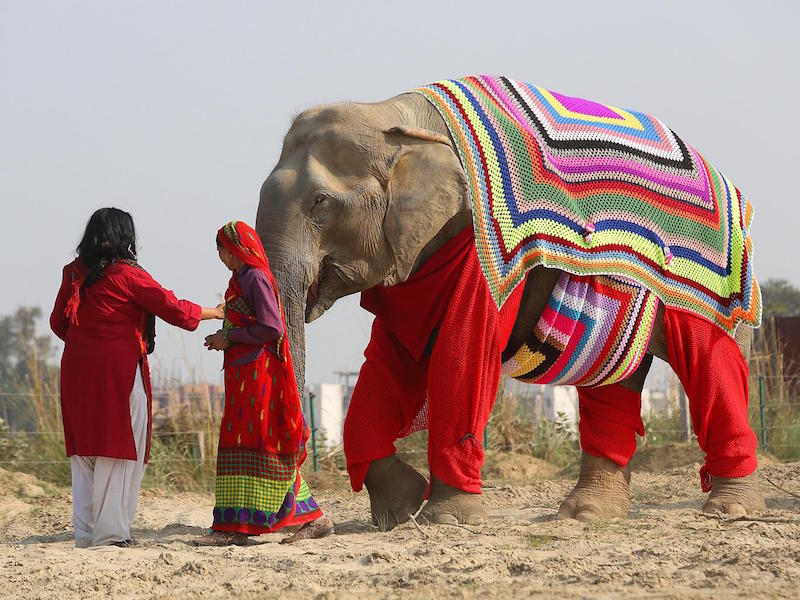
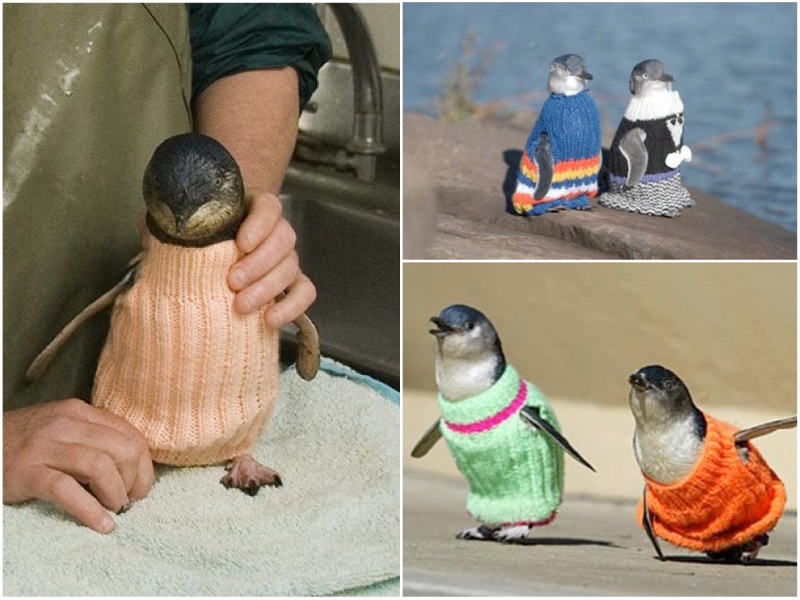
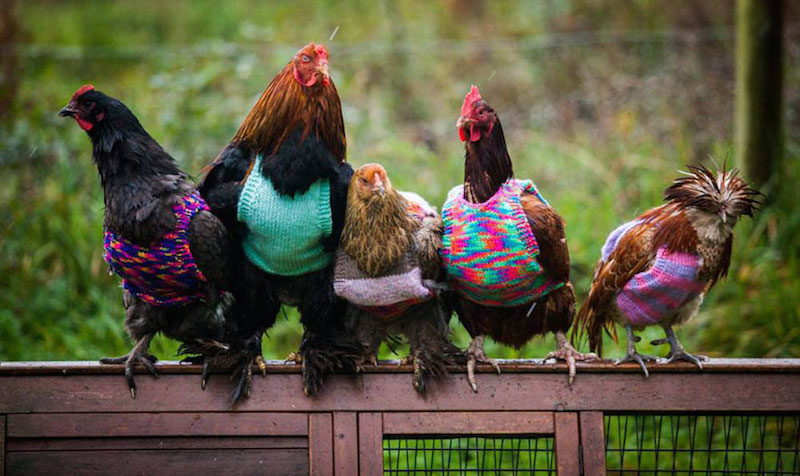 I am super tired this morning, and entering the week already exhausted is never fun. I was going to (try to) write you something insightful and meaningful, but my brain just won't cooperate. So instead, I decided to share something altogether lighter: animals in sweaters!
I am super tired this morning, and entering the week already exhausted is never fun. I was going to (try to) write you something insightful and meaningful, but my brain just won't cooperate. So instead, I decided to share something altogether lighter: animals in sweaters!
The chickens, from Cornwall in the UK, are wearing knits to protect them from cold temperatures. They are retired battery hens who, after spending a lifetime in cages, are not able to acclimatise to weather fluctuations.
The elephants are from a conservation for formerly-abused elephants in Mathura, India, and local villagers knitted these sweaters when they were warned that temperatures were forecast to dip to near-freezing, making the elephants vulnerable.
The penguins are from an ongoing conservation project on Phillip Island, Australia. For penguins in rehab that have been covered in toxic oil from spills, the sweaters keep them warm and prevent them from trying to clean the oil off with their beaks.
Every one of these groups of animals was made sick or vulnerable because of something that humans did to them. Thankfully, humans are also mobilising to protect and care for them. I feel better about Monday already. I hope you do, too!
ps. I'm launching a big giveaway of beautiful things on Instagram today. Pop on over if you'd like to enter!
Talking trees
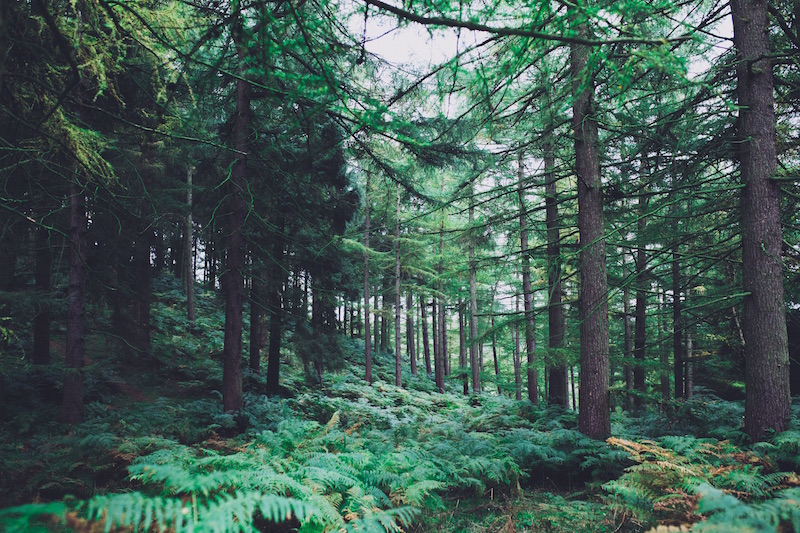 Yesterday I listened to this TED Talk by Suzanne Simard that blew my mind. Actually first I listened to Suzanne being interviewed on the TED Radio Hour (here's the transcript), then went across to listen to her whole talk.
Yesterday I listened to this TED Talk by Suzanne Simard that blew my mind. Actually first I listened to Suzanne being interviewed on the TED Radio Hour (here's the transcript), then went across to listen to her whole talk.
It sent me reeling, and I spent the rest of the day thinking about it over and over again, and pondering the implications.
Suzanne is an ecologist, and a few years ago she made the astonishing, world-changing discovery (which anyone who has read the Narnia books already secretly suspected) that trees in a forest talk with each other - and share with each other, and nurture each other - using a massive subterranean fungal network attached to their roots.
If one tree comes under attack, from say bugs or something, it can communicate this to the other healthy trees around it and they increase their defence systems in preparation.
If a tree is in need of more carbon, nutrients or water, it can communicate this to the other trees, and trees that have excess of any of these pass them along, to help the struggling tree survive.
Bigger, older trees become "mother-trees" and they nurture their "young," the seedlings and saplings in the under-story. They pass along nutrients, carbon and water, and even adjust their own root systems to make room for the younger ones to grow.
Suzanne did some experiments on this behaviour to find out if the mother-trees recognised their own young, by placing saplings under them that were both from the mother-tree and elsewhere. The mother-tree did recognise its own children, and passed significantly more of all that goodness onto them.
Suzanne even said that when a mother-tree is dying, it passed wisdom on to the younger trees. I wish she had elaborated on that point because I want to know what that wisdom might be. Understandings about the conditions around it, maybe? "The bugs always come in spring, grow more thorns then," or, "Shed your leaves early this year, it's gonna be a cold one."
When I was growing up, digging away in the garden with my mother, we always understood that trees and plants competed for space, water, and sunlight. What Suzanne has revealed to the world is that, in the forest at least, far from competing, the trees are cooperating, and to an astonishing extent.
Mind. Blown.
Image credit: photo by Will Fuller, licensed for unlimited use
New crush: Botanical Threads
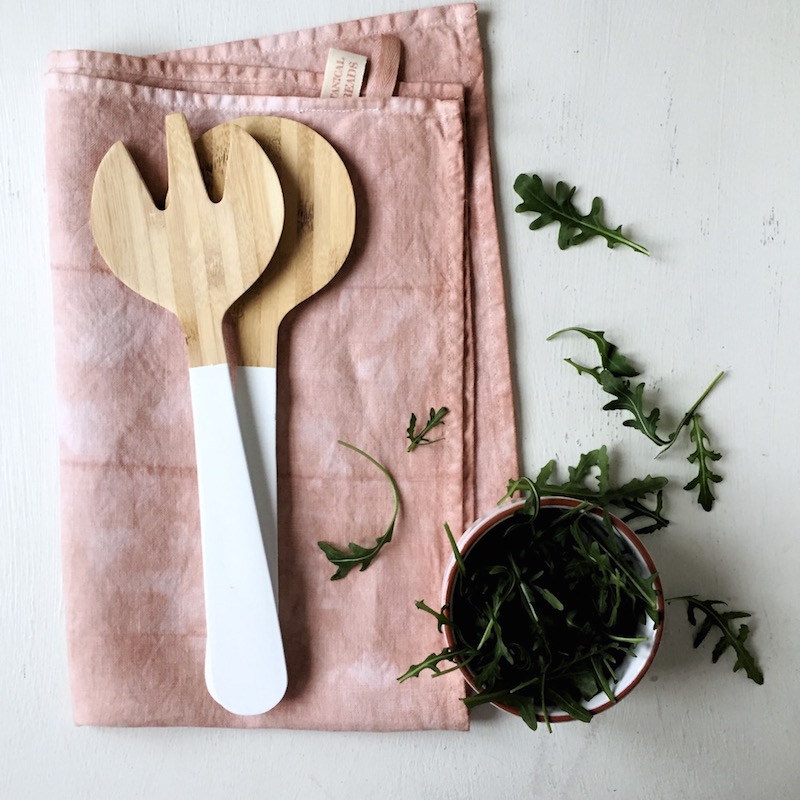
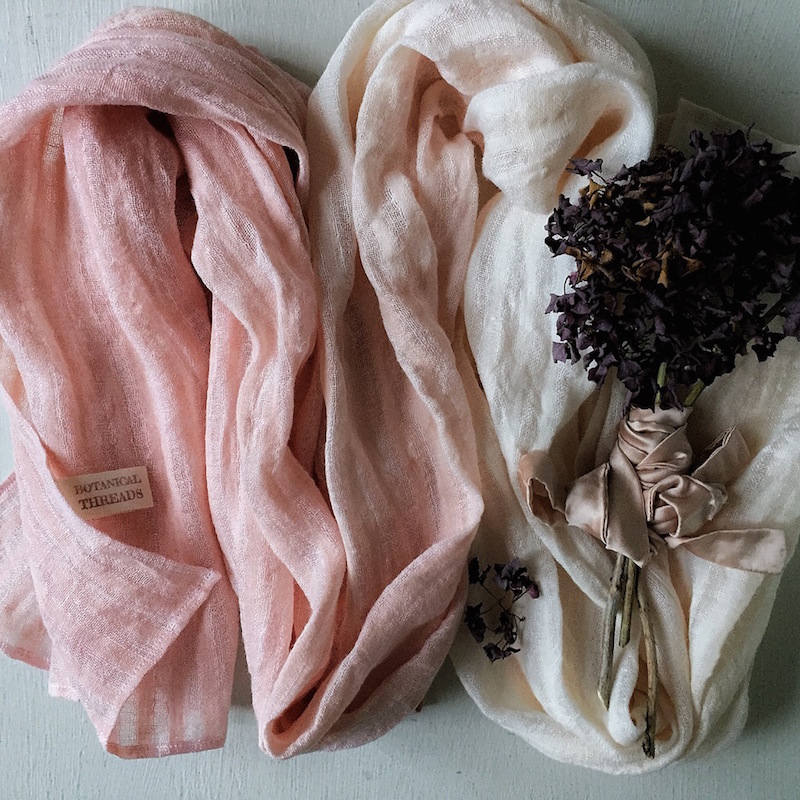
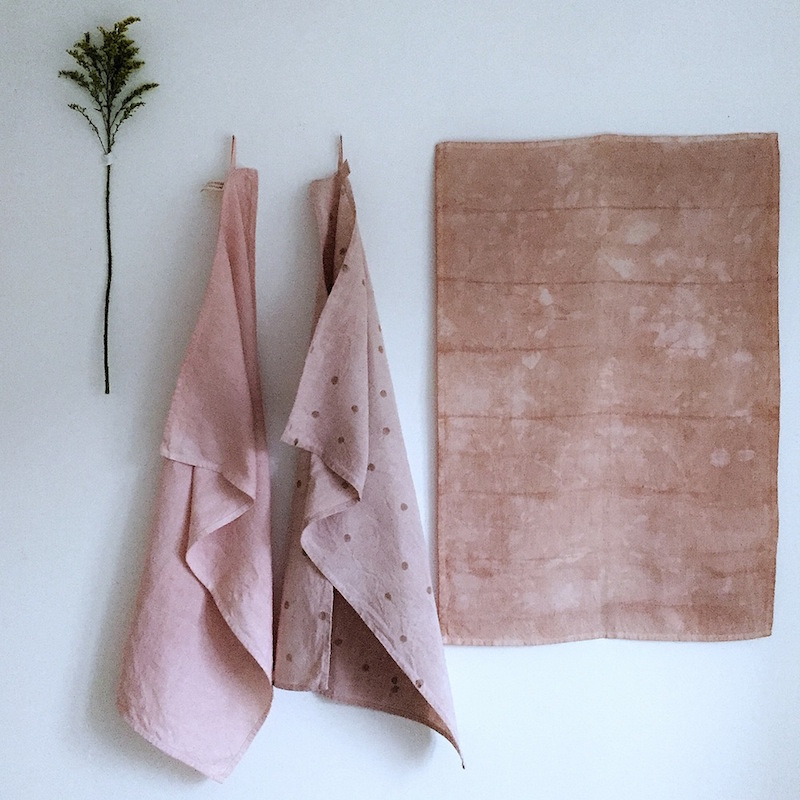
The next time you make guacamole, don't throw away the avocado seeds.
Instead, leave the stones to dry on the window-sill, then heat them in a pan for up to three days, eventually extracting a colour that looks deep red. Soak some beautiful fabric in the red liquid, dipping it twice and leaving it for several days each time, adding soya milk to help the colours stick.
At the end of all this, if you're very lucky, your fabric will have turned a beautiful, rosy shade of pink.
Alternatively, you could skip steps one through five and just buy some of the truly gorgeous organic dyed tea-towels, scarves and other items lovingly made this way by British lass Alicia, the talented gal behind the simple and ethical online shop Botanical Threads.
Alicia studied fashion design but now works as a gardener, and this shop combines her two passions. Alongside the avocado seeds, she also uses rosemary, nettles, lavender, pomegranate peels and onion skins to create some truly stunning colours and patterns.
I could do with a set of those tea-towels to use as placemats. I think they'd be amazing at our table! What would you choose?
Just what you needed to hear
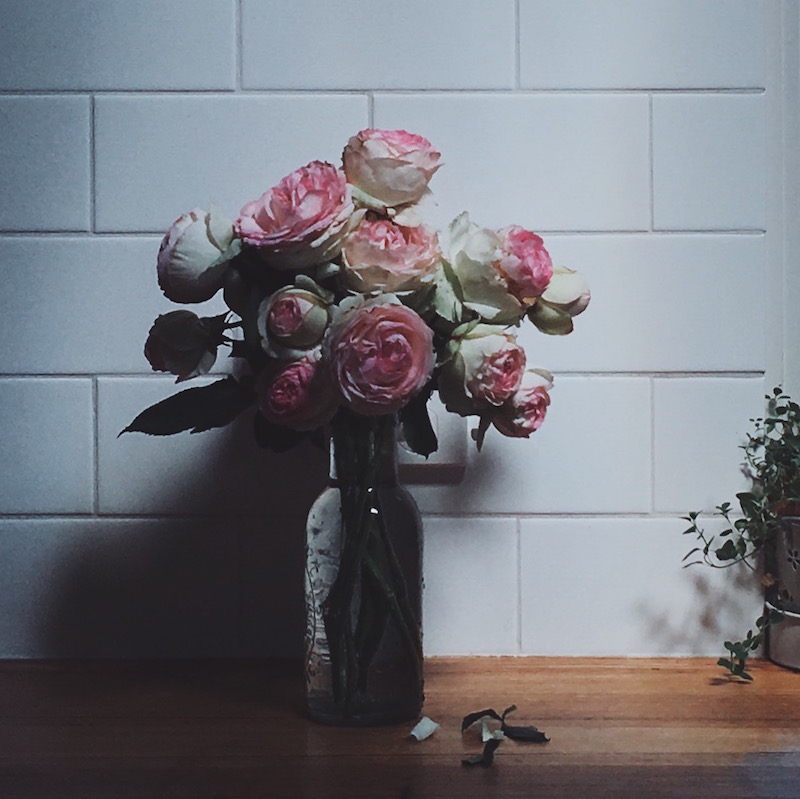
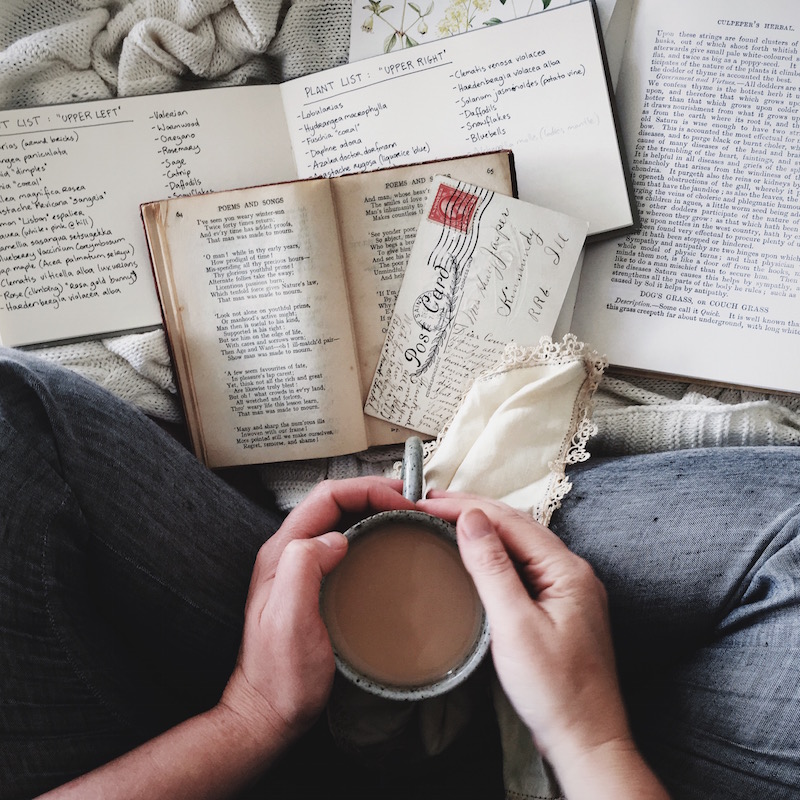

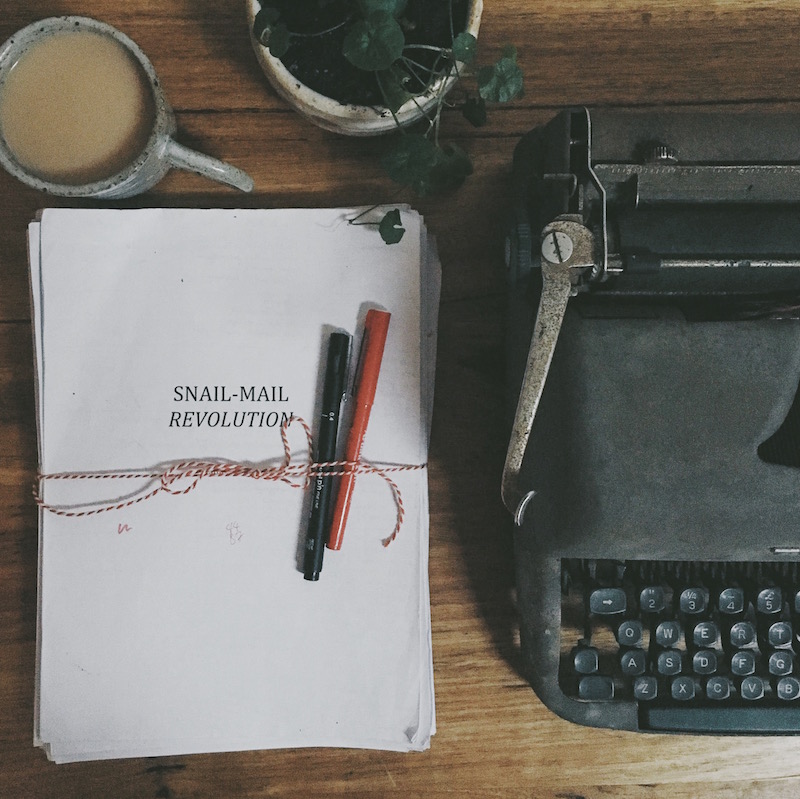
I've been doing a course on Instagram, trying to improve my photography and Instagram engagement in general. It's challenging, fun, inspiring, and frustrating, like most things are when you're learning something new. Then today, someone else in the course shared this video with the class.
I'd heard of this little piece by Ira Glass before, but had never actually taken it in myself. If you're struggling with trying to be creative - or really, with trying to be good at anything in life - and you feel like you're just not up to scratch, do yourself a favour and spend two minutes listening to this. (If you can't see the video below, click this link to find it in Vimeo).
It just might be exactly what you needed to hear.
THE GAP by Ira Glass from Daniel Sax on Vimeo.
Oh dear
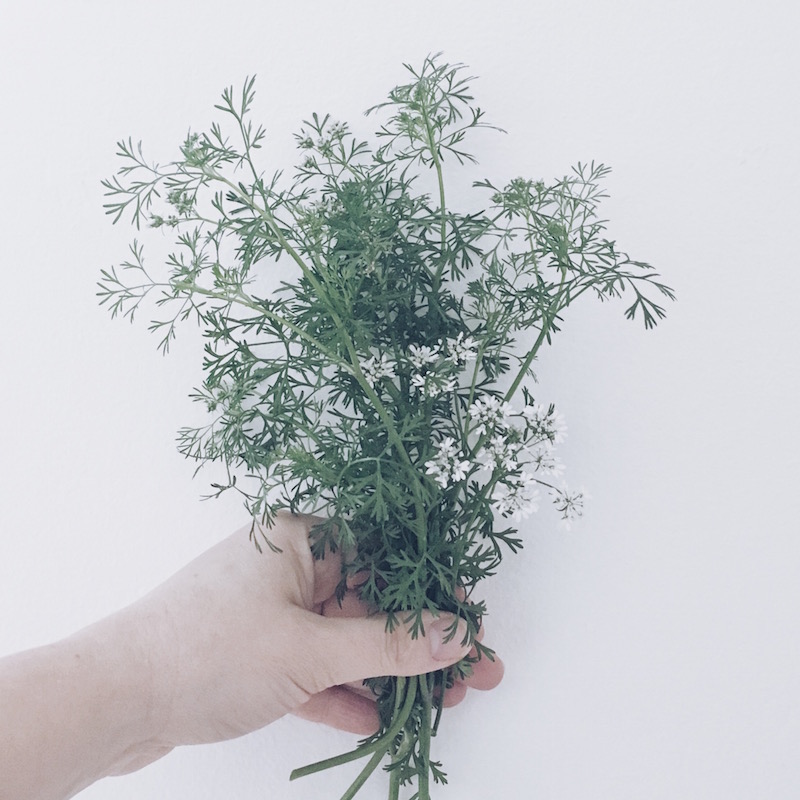 And I was so smug. And I felt so free! Less than a week after I congratulated myself on being free from Facebook for a whole year, I find myself sucked back into its insidious blue-and-white vortex.
And I was so smug. And I felt so free! Less than a week after I congratulated myself on being free from Facebook for a whole year, I find myself sucked back into its insidious blue-and-white vortex.
Earlier this week I signed up to a course of study and only after I had committed (and paid) did I learn that the Facebook Group component of the course was essential. Essential if I wanted any feedback whatsoever from the coach or other participants, that is. Which of course I do.
I took the night to think about it, and in the morning I admitted defeat, and dipped my toe back into the Facebook pond. To do it, I created a new email address so that Facebook couldn't access my contacts, and created a private profile under a pseudonym and with a fake birthday.
And yet, within mere seconds of doing this - in fact while it was still all in progress - I received a friend request from someone who knew me. And then a bunch of "people you might know" suggestions of people who I did, indeed, know.
Facebook had insisted on a mobile number for me to confirm details, so I guess this is where that private information came from. I tried to delete the phone number but, so far, without success.
Ugh. Did I tell you how much I hate Facebook?
I'm going to stick with it for the duration of the course I'm doing, which ends just after the New Year, and then I'll be gone again.
But if Facebook tells you I'm around (because it is a creepy stalker piece of software), please know that I'm not ignoring or rejecting you, I'm vigorously ignoring and rejecting Facebook.
Instead, come say hi to me on this blog, or on Instagram (or send me an email or write me a letter). I'd love to be your friend!
ps. In happier news, here is some information on my work in progress, a book about snail-mail!
Checking in: quitting Facebook, one year on
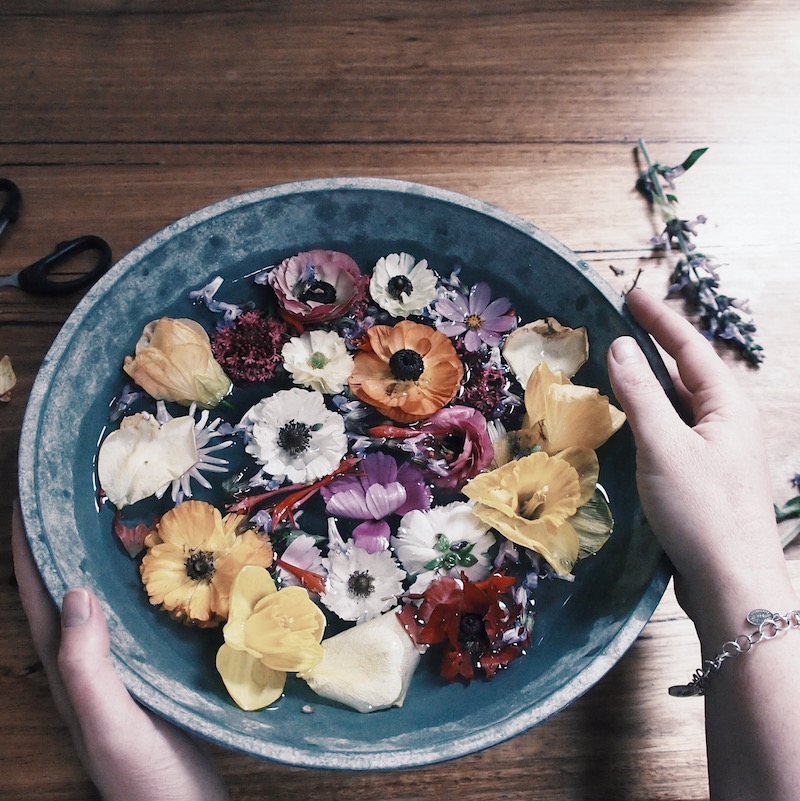 Nope, still not missing it. In case you were wondering.
Nope, still not missing it. In case you were wondering.
If you're new around here, here are my reasons for quitting Facebook (and Twitter, and LinkedIn), and here are some lessons I learned a month in.
One thing I feared I'd miss on leaving Facebook was the occasional clever content. Events, ideas and happenings that people posted online, that I wanted in my world.
But thankfully, friendships can exist outside of social media. Who knew!?
Back in my Facebook days, if a friend saw something that they thought I'd like, they'd tag me in the comments to let me know. "@naomibulger," they'd type, and then move on.
These days, my friends write me letters, they send me texts, they send emails. They write, "Hi how are you? I saw this on FB and thought of you. Let's catch up soon!"
And I write back. "Oh wow that's interesting, thanks for thinking of me. I'm well, how are you guys? Coffee next week?"
It's so much more personal. Quality over quantity, that old chestnut. I feel so much more connected without Facebook than I ever did with it.
And better still: my friends know me and care about me, so the stories they share are actually stories that I want to read. Stories about extraordinary kindnesses, inspiring creativity, and new snail-mail projects.
Not once has anybody written to me, "Hi how are you? This grandmother looks 20 years younger, without surgery!" Or, "Hi how are you? I saw this article about Brangelina's divorce and thought of you." Or, "Hi how are you? They told this woman she couldn't breastfeed in public and you'll never believe what she did next!"
Turns out, my friends know me even better than a piece of software. Who knew?
Keep on making bread, my friends. Keep on writing letters, brewing tea, tending plants. You don't have to quit Facebook, but do make time in your life for slow things, for tactile things, for real things. Fresh air. They will feel like fresh air.
Eccentric escape
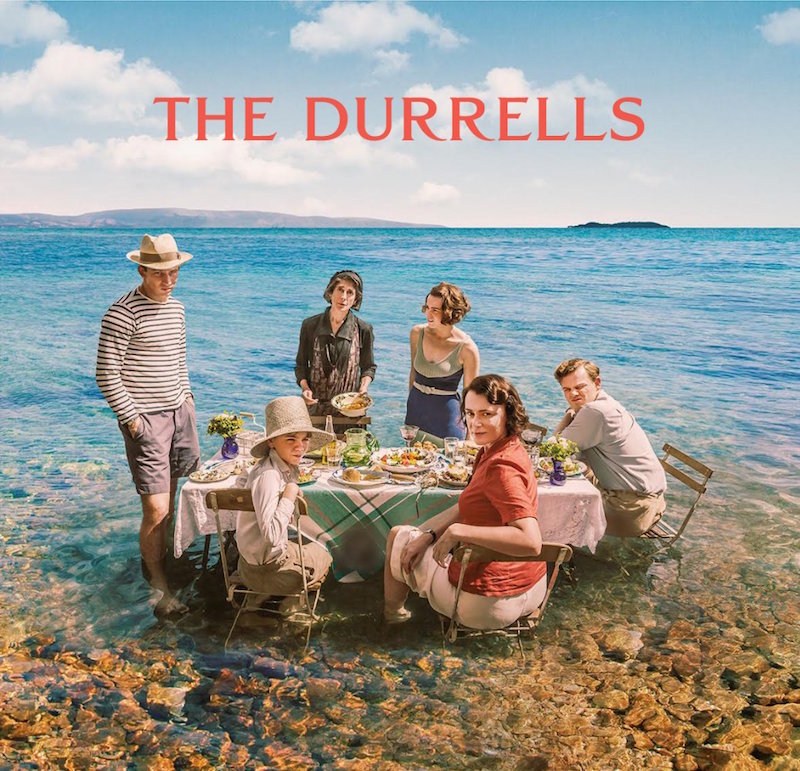
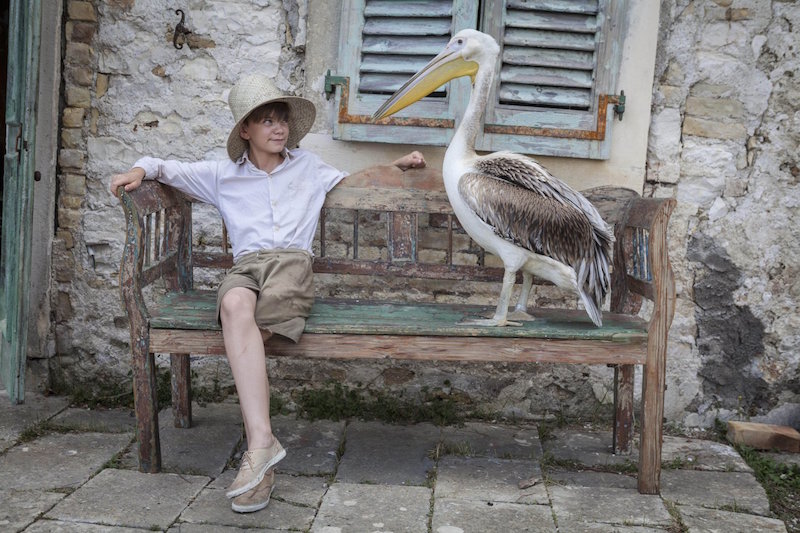
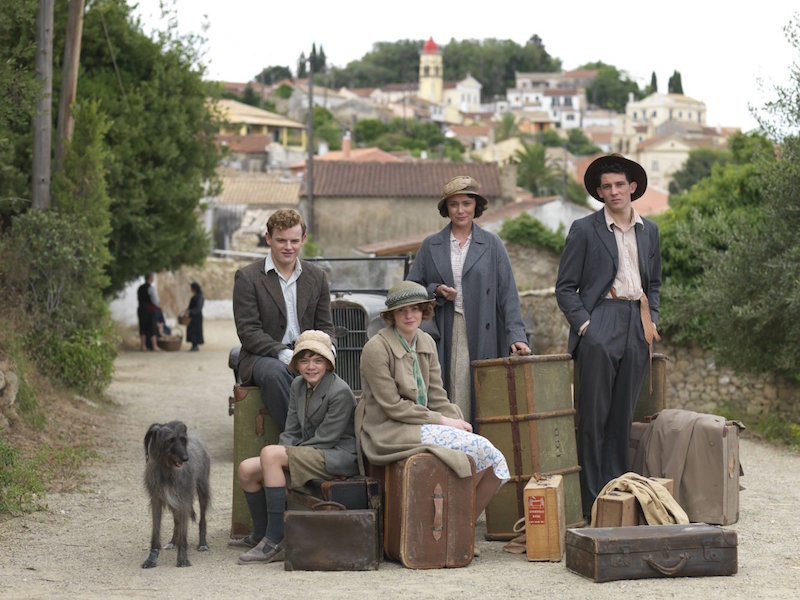

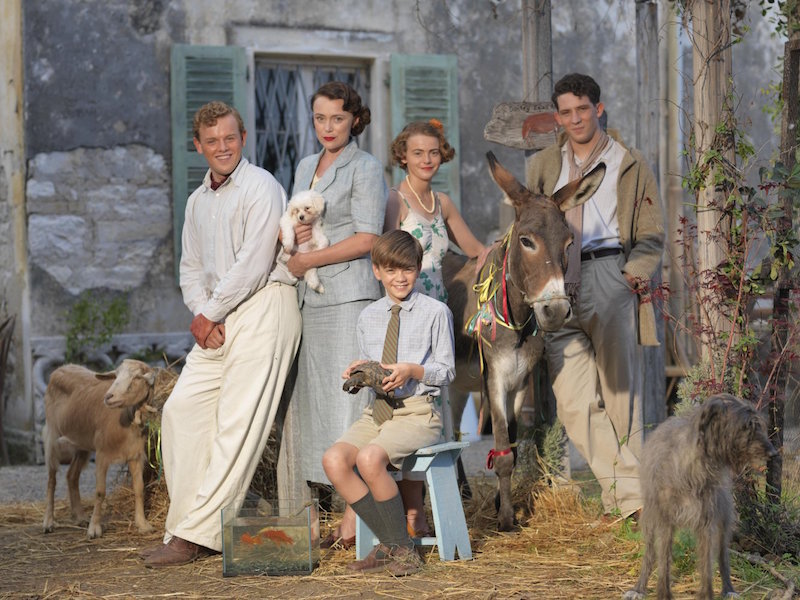
You can move away, you can run away even, but, 90 percent of the time, your quirks and fears and troubles stow away with you. I know this because I have moved a lot, and sometimes a long way.
This is the underlying theme of a new TV show called The Durrells. Thankfully, the quirks, fears and troubles that follow the Durrell family from Bournemouth in the UK to the Greek island of Corfu are also frequently adorable, affectionate, and genuinely funny.
Oh my gosh, I am so in love with this eccentric family of misfits and, in particular, with their mother Louisa, who is most often at her wits' end but is also my hero.
The series is inspired by the trilogy of books by Gerald Durrell. Remember My Family and Other Animals? My father gave me this book when I was a child, telling me how much he had loved it when he was a child. So now I can't think about the book without thinking about my father, which makes it doubly joyful to revisit the hapless Durrells in their warm and sunlit world.
In fact I never want to leave that world. A fruitless wish, since there are only six episodes to a season, but thankfully I hear a second season is already in the making.
And in the meantime, since summer is only just around the corner here in Australia, I am going to take a leaf out of the Durrells' book and eat lunch in the ocean, to keep cool. Tablecloth included. It looks kind of perfect, don't you think?
My one weakness
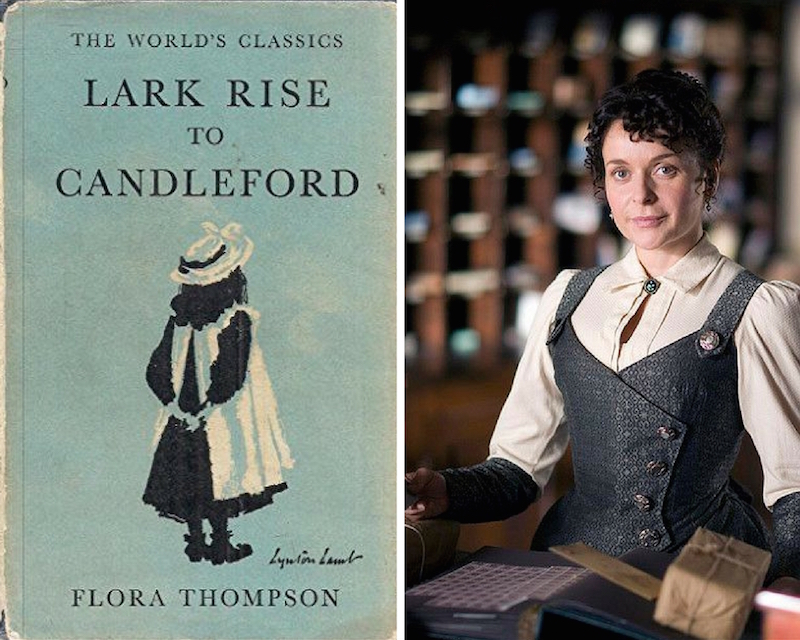
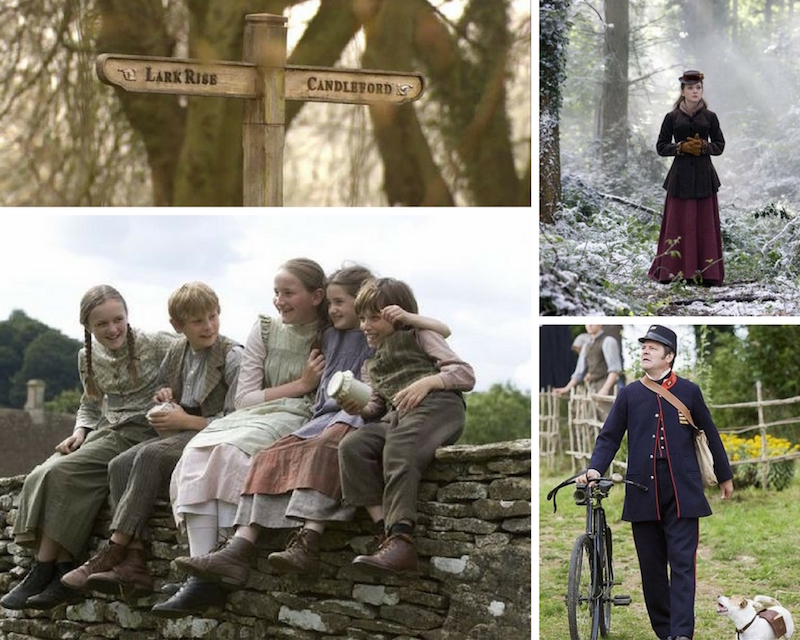
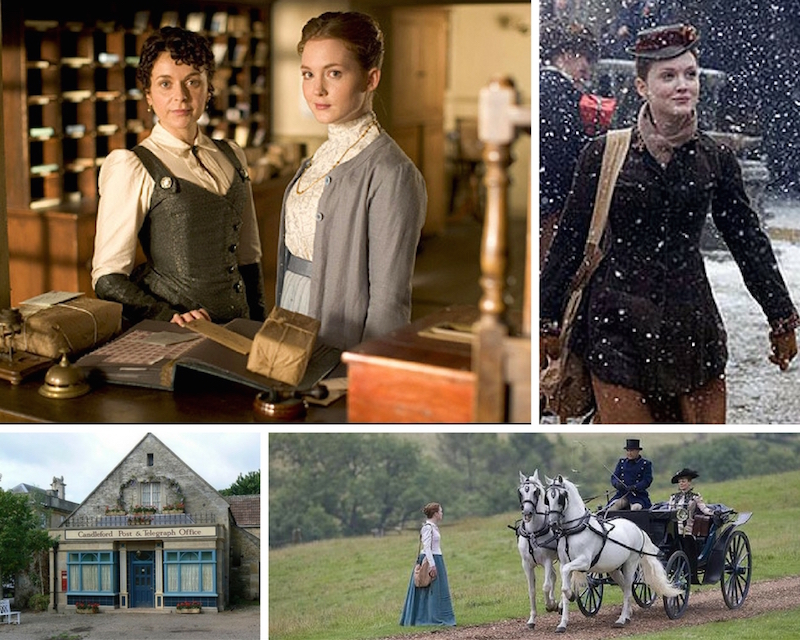
Recently, I had a conversation on this blog with a lovely reader called Jan. I'm paraphrasing, but the conversation went something like this:
Jan: Have you heard of the TV show "Lark Rise to Candleford?" It's a period drama set in a post office.
Me: *Instantly leaves office and runs to find it*
Now I'm up to Season 2, and utterly in love with this little show. It is gentle, thoughtful, innocent, warm-hearted, and makes me feel nostalgic for a kind of life I've never known.
In case you haven't heard of it, Lark Rise to Candleford (which is based on a semi-autobiographical trilogy of books of the same name by Flora Thompson) centres around two small rural communities at the turn of the 19th century: the tiny hamlet of Lark Rise, and the wealthier and bigger (but still tiny by our standards) town of Candleford, both in Oxfordshire in the UK.
When in Candleford, most of the action centres around the comings and goings of the Candleford Post Office, which is run, rather controversially, by a woman. The Post Mistress, Dorcas Lane, is truly delightful: wise, loving, independent, glamorous, and ahead of her era in so many ways. She claims to have "one weakness," although depending on the circumstance, that one weakness could be anything from cake to feather pillows to buttermilk baths.
When Laura, Dorcas' young niece from Lark Rise, comes to work at the Candleford Post Office, Dorcas takes her under her lovely, protective wing and teaches her the way of the world... and of the post. I have been learning right along with Laura as I watch, and here is what I've gleaned so far:
* A century ago, the post was the only real way that people could communicate with others at a distance. It was possibly the most essential community-service of the time
* The post office itself was a community hub. All but the most hardened recluse had need of the postal services at some time or another so, in small communities, it became a natural meeting place for neighbours to gather and chat and swap stories and gossip. To "pass the time of day," as Candleford or Lark Rise folks would call it
* Postal workers were the keepers of secrets. They knew who wrote to whom, and how often. They could see the looks on faces - the shakes of hands - when letters of import were posted or received. They knew the contents of every telegram even before the recipients did
* The postie knew everyone in the community. Letters were delivered not into boxes but into hands, and the route to every home was an opportunity to observe and greet and forge connections
* And this, a quote from Season 4 (which I haven't actually seen so no spoilers please!), which sums up rather beautifully the power of a pen-and-ink letter:
"When words are written down, they can be the finest expression of the human soul... Once words are marked down on paper, they can not be taken back. They are in the world for good or for ill. They wither or they endure. Words can be dangerous things."
10 "slow living" unsung heroes of Instagram
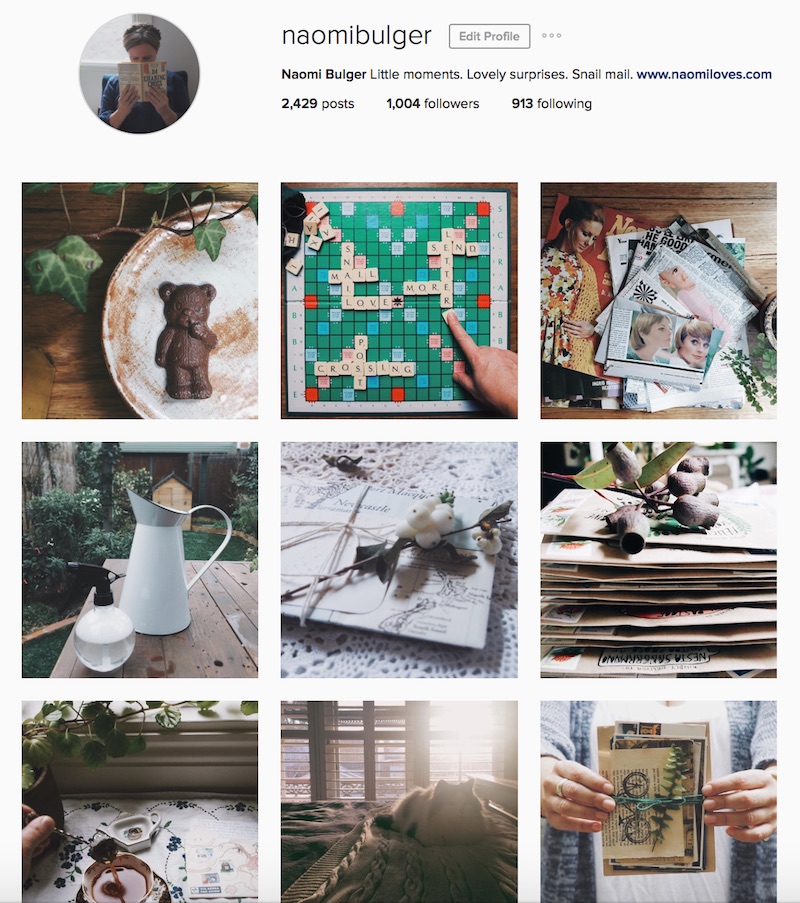 Are you on Instagram? That's me above. I'm @naomibulger if you'd like to drop by and say hi.
Are you on Instagram? That's me above. I'm @naomibulger if you'd like to drop by and say hi.
Who do you like to follow on Instagram? I love to fill my feed with people who inspire me and, these days, more often than not, people who inspire me are people who I like to call "slow-living heroes."
Creative folk, gentle folk, mindful folk. You know the sorts of folks I'm talking about! They are makers and bakers; gardeners and gatherers; weavers, wordsmiths and wanderers; snail-mailers, and spreaders-of-kindness.
Here are 10 of my favourite slow-living Instragrammers, each of them "unsung heroes," because they have relatively small accounts, of 1000 followers or less.
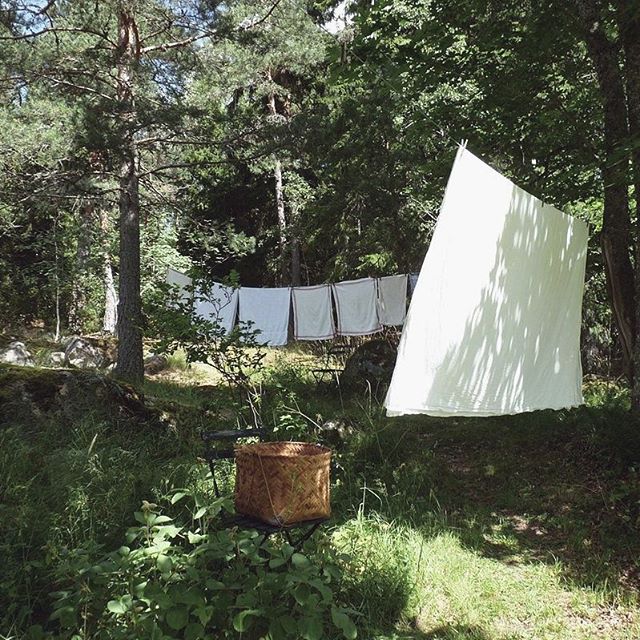 ⇑⇑ @lomoens
⇑⇑ @lomoens
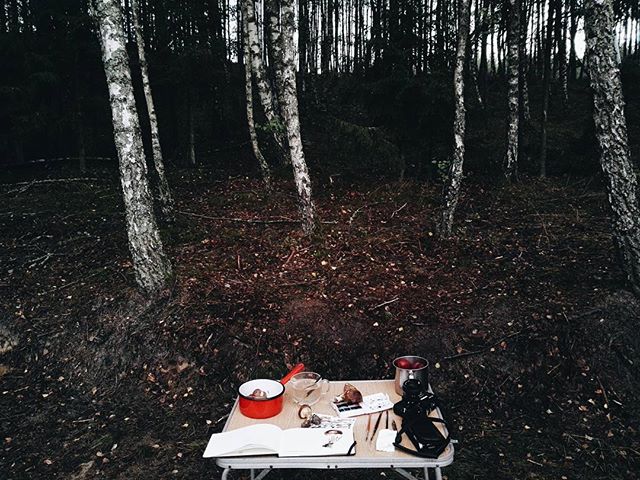 ⇑⇑ @anianycz
⇑⇑ @anianycz
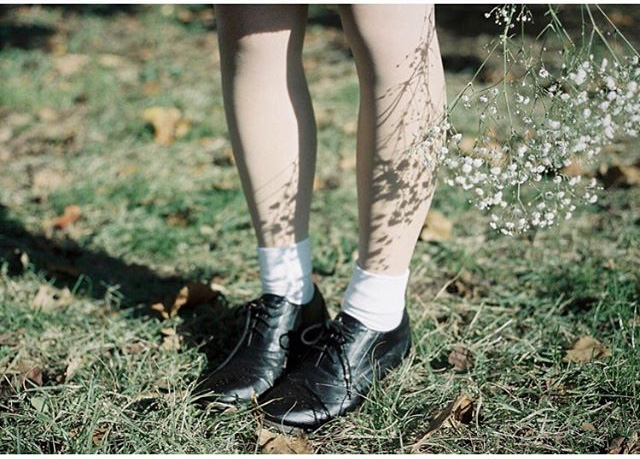 ⇑⇑ @lullaby0720
⇑⇑ @lullaby0720
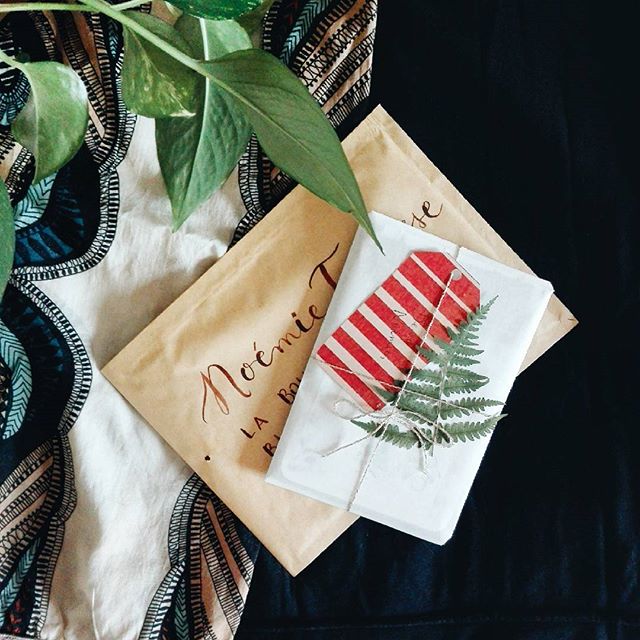 ⇑⇑ @sovica4
⇑⇑ @sovica4
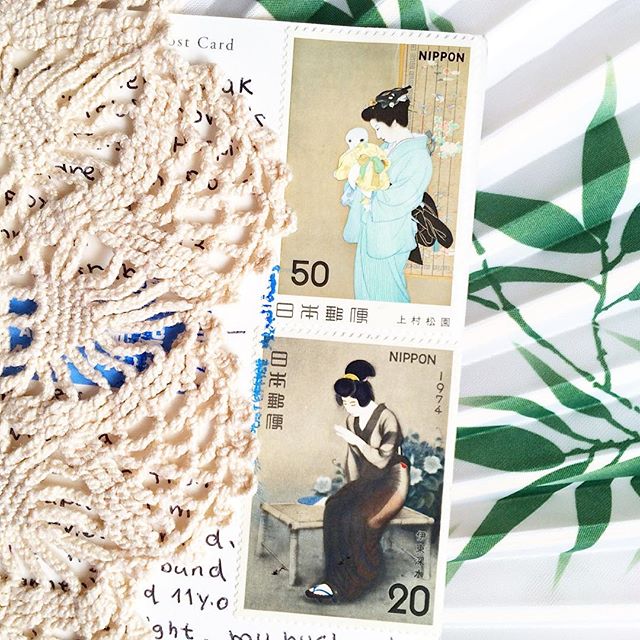 ⇑⇑ @bsvitlana
⇑⇑ @bsvitlana
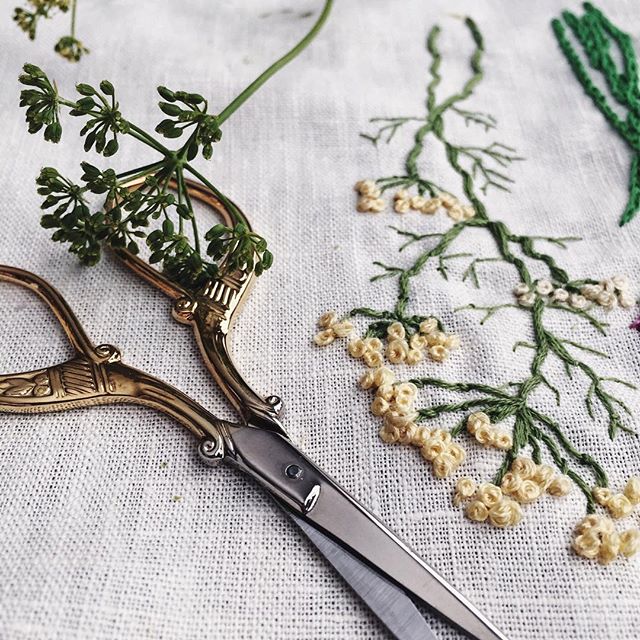 ⇑⇑ @oandystudio
⇑⇑ @oandystudio
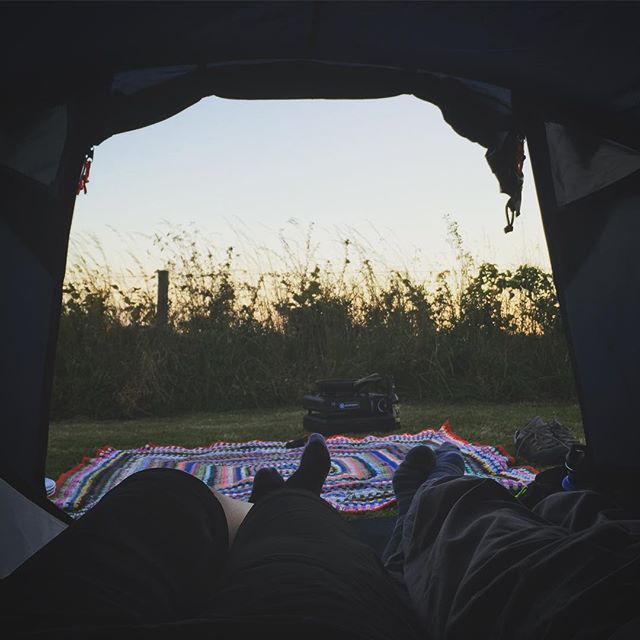 ⇑⇑ @gemmagarner
⇑⇑ @gemmagarner
Who else should I be following? Link me up!
Wonder, mystery, and surprise
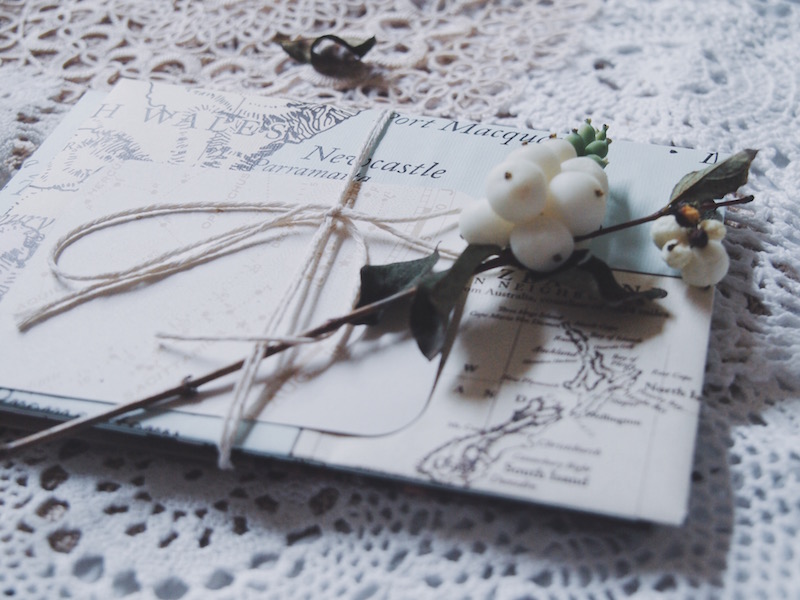 Do you like surprises? Good surprises, I mean.
Do you like surprises? Good surprises, I mean.
Messages in bottles
Friends dropping by
Work promotions
Letters in the mail
Found treasure maps
Clothes bought online that actually fit
The kids eat what you cook
Winning competitions
Surprise parties
Money in last year's coat pocket
Flash mobs
Rainbows
Unexpected public holidays
The first flower of spring
Earlier this week I came across Surprise Industries, a group that is dedicated to creating and spreading good, happy surprises to strangers everywhere. Their simple mission is to add more wonder, mystery, and surprise to your life. Oh, I want to be them! Imagine if "giving surprises" was your life's work!
Would you like a surprise? You can sign up to receive one by joining "The Experiment" by Surprise Industries.
Banking on even the anticipation of a surprise giving you a happy little tingle, Surprise Industries promises:
"At some point in your life, we may surprise you. The surprise may be an anonymous letter, an invitation to a secret location, or anything in between. It might arrive tomorrow, 12 years from now, or never, but if you don’t sign up, you’ll never know."
The cost to join in goes up $1 per person for every 100 participants. I just took part, and it cost me a grand total of $3. Now, I wait. And while I do, it will be with the sometimes goose-pimply shiver of pleasant things to come...

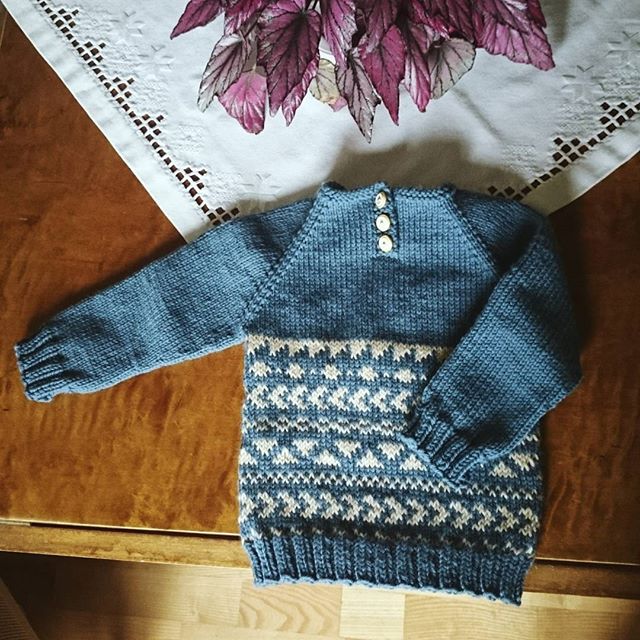 ⇑⇑
⇑⇑ 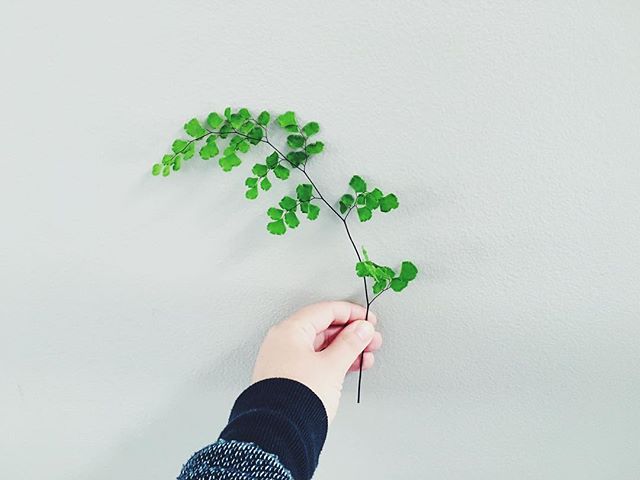 ⇑⇑
⇑⇑ 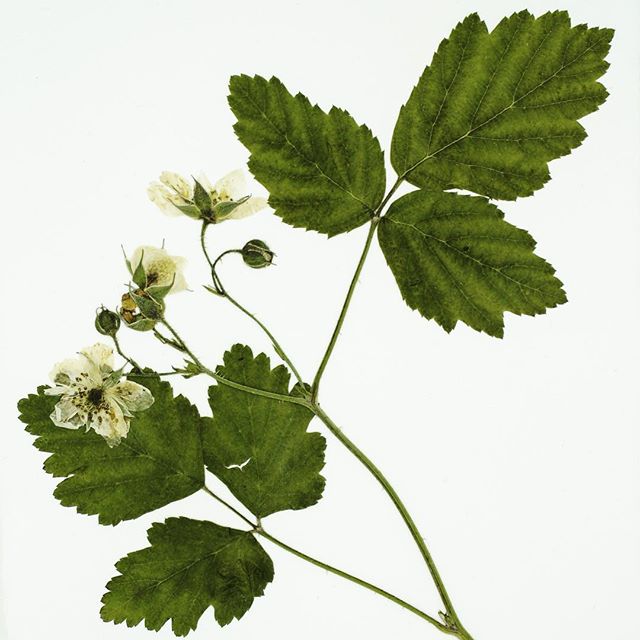 ⇑⇑
⇑⇑